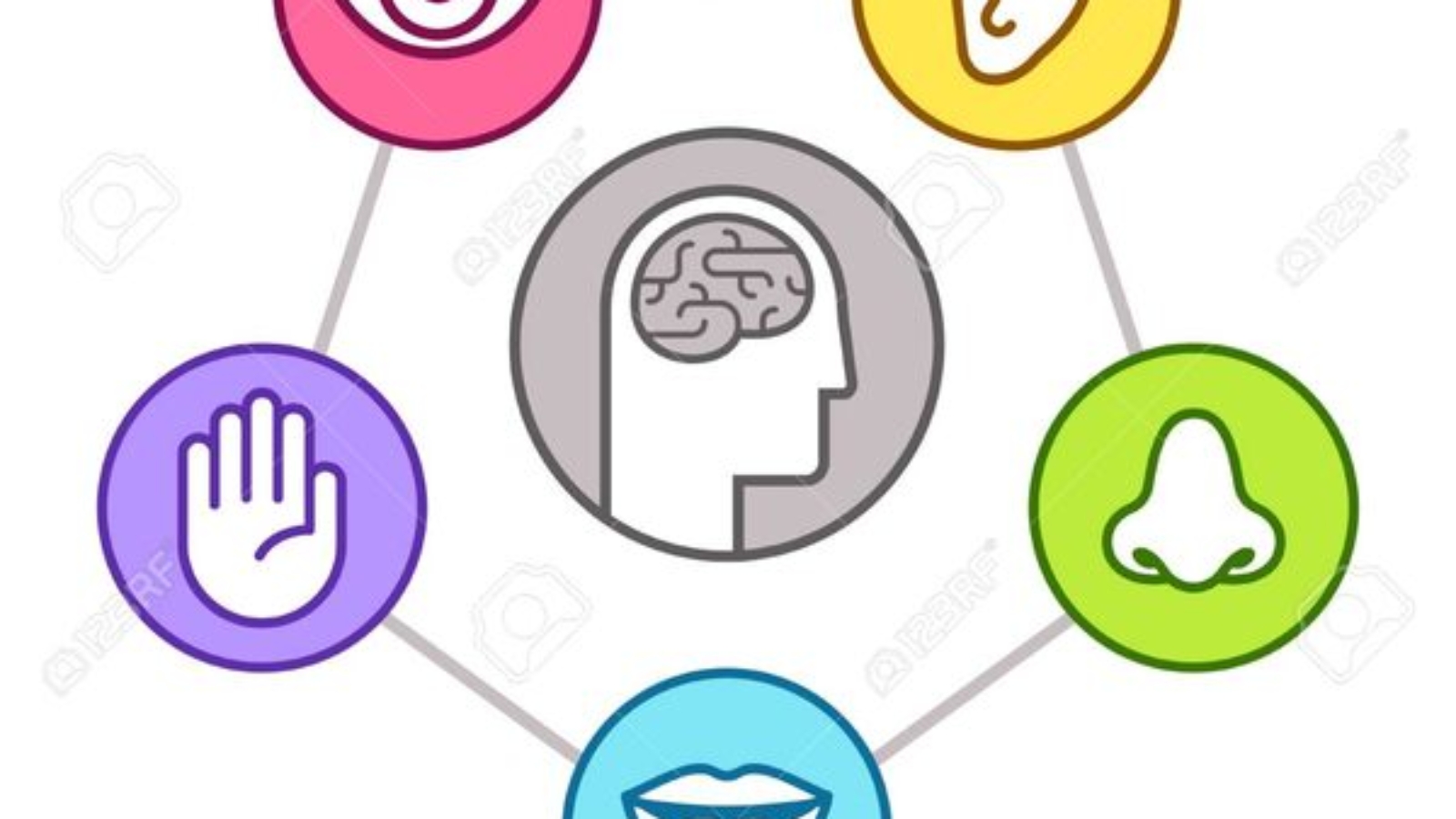
Our sensory processing is how we perceive and organize the messages from our senses (visual, auditory, taste, smell, touch, and body awareness). Sensory receptors are located throughout our body and constantly send messages to our brain and spinal cord. When these sensory receptors receive a message, they conduct an electrical impulse that is transmitted by neurons to our central nervous system (composed of our brain and spinal cord). Our neurons process this information and turn it into a motor or behavioral response. The impulse travels to our motor neurons and is sent to an effector (ex: a muscle or a gland) to execute a motor or behavioral response.
Someone looks at their glass of water, which activates their visual receptors. An electrical impulse is sent to their central nervous system, relaying a message. Through seeing this glass of water, their central nervous system receives the message that the body is thirsty. The impulse travels to the motor neuron to get a muscle to pick up the glass of water and take a drink. A muscle (effector) picks up the glass of water and the person drinks it.
Everyone processes stimuli differently, so our perception of the world sounds to us varies. Individuals who are neurodivergent or have atypical sensory processing can experience hypo sensitivity (under-responsive) or hypersensitivity (over-responsive). For example, those who are auditory-seeking are hyposensitive to sound, so they may need constant auditory stimulation through music, podcasts, or ambient noise.
Hypersensitivity may look like:
- Visual: Lights are too bright, reacting suddenly to changes in bright lights
- Auditory: Sounds are too loud or overwhelming, suddenly reacting to loud noises
- Taste: The texture of certain foods may feel gross or out of place
- Smell: Sensitive to strong scents such as perfumes
- Touch: Sensitive to textures you touch, such as itchy clothes
- Body Awareness: Bumping into objects and struggling with balance
Hyposensitivity may look like:
- Visual: Enjoys visual stimulation such as bright and colorful light
- Auditory: Going to concerts, listening to music at higher volumes
- Taste: Likes to chew on things for stimulation
- Smell: It may take longer to identify certain scents
- Touch: Less awareness when it comes to being touched
- Body Awareness: Struggling to keep still; you may not always recognize other people’s personal space
Image source: Research Gate


Add a Comment